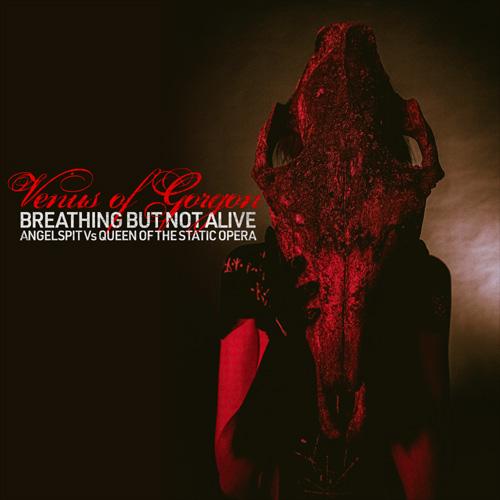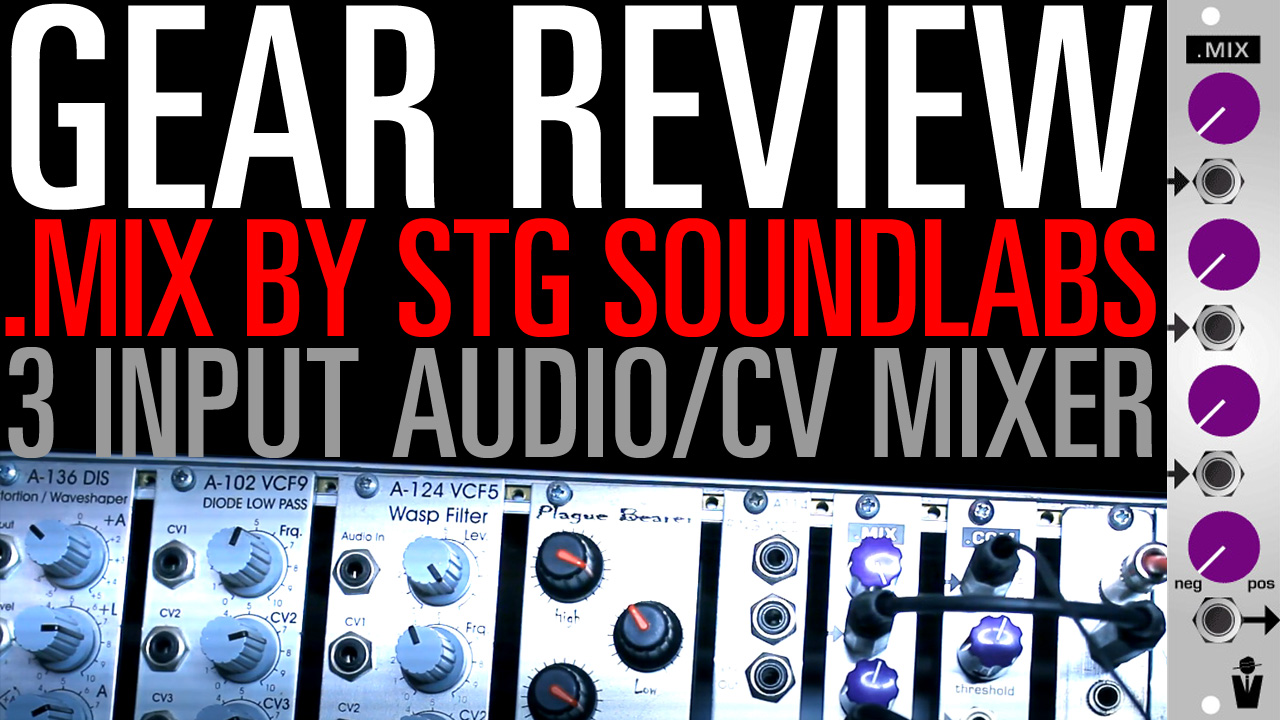We’ve been lucky enough to work with some AWESOME guitarists. George Bikos from East Coast USA band Embers of a Dying Flame and ex-Cruxshadows needs no introduction. His absolute punk attitude and drive screams through in his guitar takes. His surgical precision allows scathing guitars to sit seamlessly in a mix with complex synth lines.
We’re using three techniques to record the guitars:
Straight Re-Amping:
We’ll record the guitarist’s raw signal. Cut it up, then go into the studio and play the edited guitars though Graeme’s big guitar stack. This is recorded with two mics to give a stereo sound.
Pros : It’s accurate and it’s easier to fix up mistakes in a “raw” guitar take than a distorted guitar track
Cons: It can sound a little flat and might lack energy. When a guitarist is recording a track live (with massive guitar amp plugged in) they play with more attitude.
“Bent” Re-Amping:
Ditto as above, but after the raw signal is recorded, we patch it through the modular and screw with it as we would any other synth sound. We’ll add Amplitude or Filter modulation to give it extra bite. We then record it through the guitar amp with 2 mics.
Pros: It gives you a wild and chaotic guitar sound
Cons: Because of all the modulating, the tonal output is “unstable” – frequencies are going everywhere and it take a little extra work to keep the guitars sitting in the mix.
Rock Guitars 101:
Mix equal parts:
1 * rock pig guitarist
1 * massive amp
2 * mics
1 * backing track
Stir vigorously!
Pros: Sounds MASSIVE. High energy. It’s pure ROCK!
Cons: It can be a pain to clean up the guitars and edit stuff out….but that’s a minor gripe.
HINT:
Try and use all 3 (an more) on an album.
After you’ve recorded one track, re-position the mics to give a slightly different sound on the next track.
Try close mic’ing (putting the mic very close in the amp) and far mic’ing (putting the mic more than a metre away). This can give an awesome stereo result.
If possible, use different amp. Graeme uses a marshall stack, a Vox, plus a crappy Peavey Bandit practice amp…and the Peavey adds a fantastic top end definition to the guitars!
BOTTOM LINE:
It comes down to Punk Vs Perfection. How much raw punk energy are you willing to sacrifice in the quest for perfection?
 NEW SINGLE: “BREATHING BUT NOT ALIVE”
NEW SINGLE: “BREATHING BUT NOT ALIVE”




